-
Posts
272 -
Joined
-
Last visited
Content Type
Profiles
Forums
Articles
Gallery
Downloads
Events
Posts posted by DKForge
-
-
Great job!
-
Thanks Frank I will.
It is sitting next to its cousin my 183# Hay Budden.
-
Thank you sir for the quick response.
-
250# Trenton Ser # 176416 found a new home today. It had been sitting on a porch covered in black paint. Time for it to get back to work.
Could someone look up that Serial Number and get me a date? I would appreciate it.
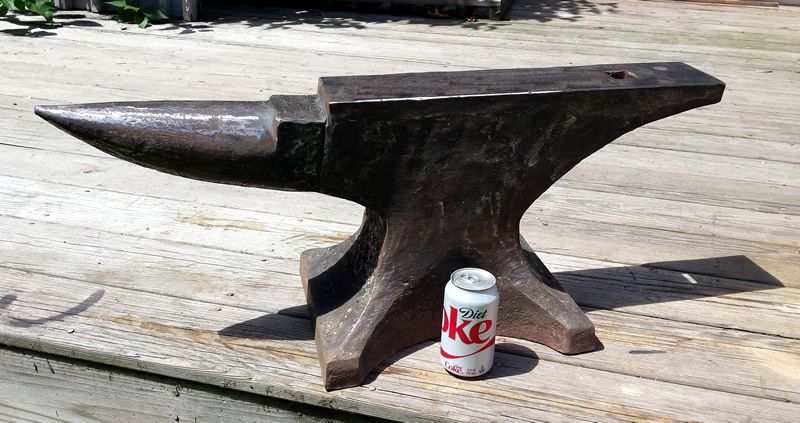
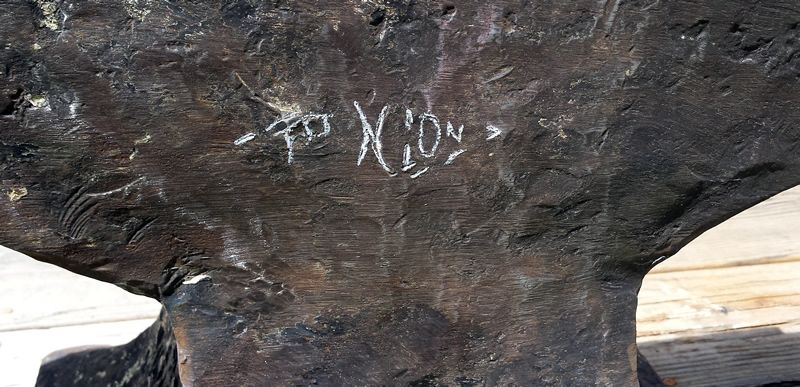
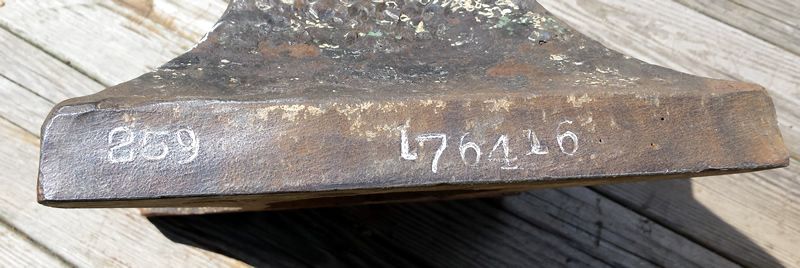
-
I'm adding a utensil rack to my future projects list.
-
Wonderful post! Thank you for taking the time to provide such detailed information. Truly should make us think the next time we reach in that clumsy, cluttered drawer we all overstuff with seldom used kitchen items.
-
Dan and Brian if there was a place to "like" your posts I would have hit it on those last two. Well done.
-
I have followed this discussion here and on another site and have a few comments to make.
When I started blacksmithing, one of my first forge welds was a weld like Brian discussed and it resulted in a weld much as he describes. It bent behind the weld, did not have structural integrity (it opened up) and the pieces were diminished in size from that of the parent stock. What it taught me was that I needed to take more care if this was the type of weld I wanted to use for the project at hand. I have since used this weld in projects where it was appropriate in a quick and efficient manner for the particular purpose at hand. Key point to this is it taught me a valuable lesson from the start by showing me its weakness IF not done correctly. I don't have photos or videos or x-rays to back up what I am saying.
I have watched Brian demo at a number of events and don't question many of his skills as a blacksmith. I know he has a lot of followers and I see where alot have jumped in to defend him and help support what he was trying to say in his posts. The beginning of this was a confusing conversation and some attempts to clarify I fear made the waters even muddier.
I do not know Dan P. I have never seen him work in the forge or any of his work.
The part of this discussion that has me troubled is that there is a tone by some that Brian could not be wrong in his assertions. This seems to have led to comments against anyone who does not agree with what Brian has posted. I have seen this with other well known blacksmiths where what they say is treated as though it has to be correct because THEY said it. Blacksmithing, like any other hobby or profession is a constant path of learning where through our experiences we make assumptions and travel a path that will diverge as further learning is gained. There are times our assumptions are correct and there are times they are not regardless of how far along the path we are or what our name may be.
Just some observations from a fellow blacksmith who truly just wants us all to do the best work we can.
-
Here is one I made for my wife for Mother's day a few years back.
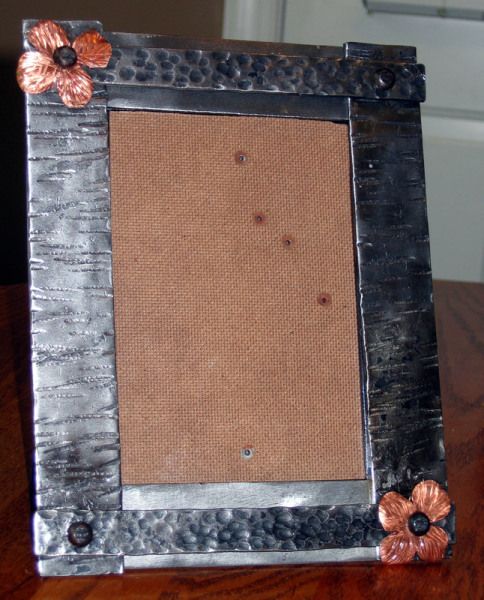
Riveted corners. Welded angle on back to hold photo, glass and backer.
-
First Anvil looks to be a Texas Farrier Supply 125 anvil. It is a farriers anvil so your horn is not round it is oblong shape, has turning cams for turning horseshoe heels (if you are so inclined) on the back and a clip horn for making clips on shoes. The price is about half of what that anvil goes for new but if looking for an anvil for blacksmithing I think you could find better. The other one is pretty beat and would make a great door stop.
Just my opinion.
-
I sell these as ornaments at the local Christmas festival. I am usually sold out no matter how many I bring. They are light enough to hang on a tree.
Split cross is from 3/8 square and hearts are 7" of 1/4 inch round.
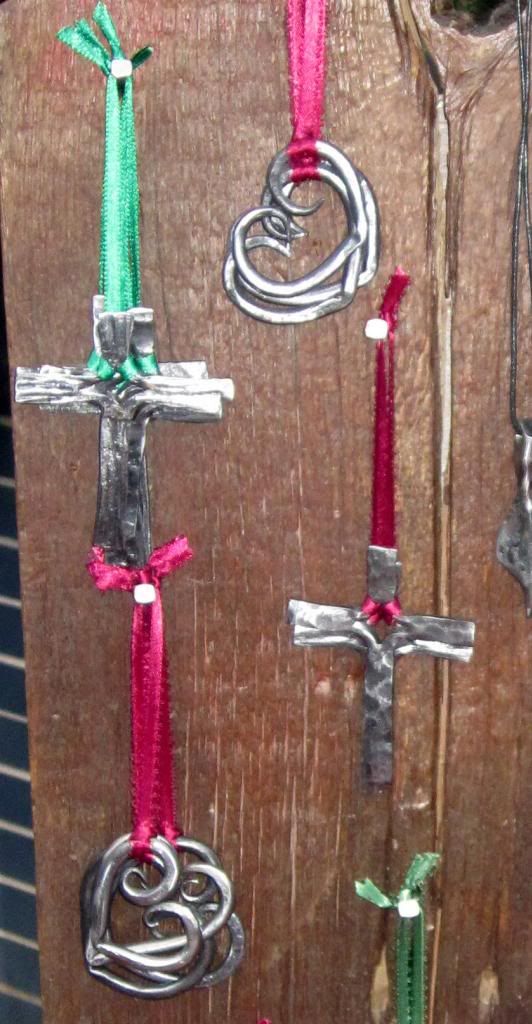
-
Well done!
-
I was looking for something similar last spring and couldn't find alot of examples so I just started looking around the shop for what I could use and this is what I came up with.
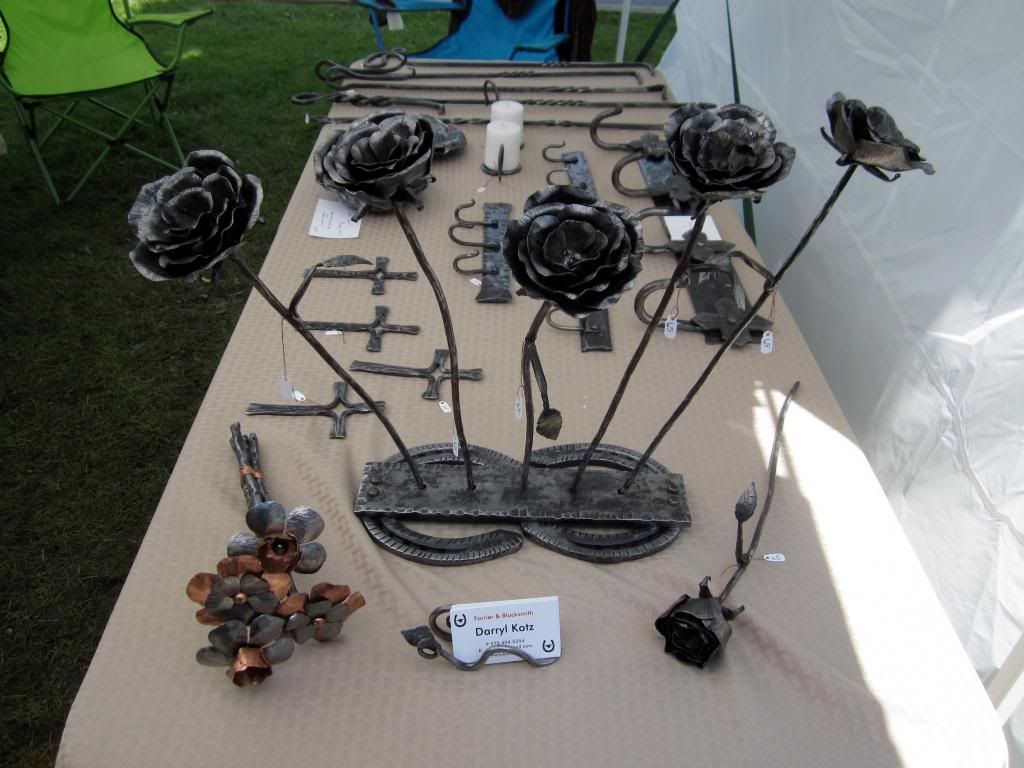
Two textured draft shoes riveted to a piece of textured plate with holes drilled into it for the flower stems.
I use it to display roses/ flowers at art shows and people can pick out the one they want to look at closer. I also would sell the whole display, though I would need to make another one because my wife loves it sitting on a window sill in our kitchen.
Here is a closeup of the stand.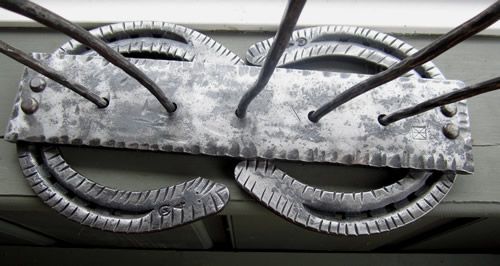
-
Thanks for all of the responses to my question. Hinges will be complete by this weekend.
-
Ok so basic strap hinge mechanics question.
I am making strap hinges which attach to the door via a plate and pin.
Is the pin meant to rotate freely in the barrels on the plate as well as the barrel on the strap or is it better to have the pin snug in the plate barrels and just have the strap rotate on the pin?
I know with a pintle attachment the strap just rotates on the "pin" so it got me thinking about the how a hinge actually works.
Thanks in advance for any advice.
-
Thanks DSW that was quick!
-
I have a client who built a custom wooden door for his cabin in the woods. He is wanting some custom forged hinges and harware. The door weighs just over 100lbs. Does anyone have a reference for determining the size of strap hinge needed? There are alot of places online that tell you how to determine the modern hinges needed but not old strap hinge style.
Any help is appreciated.
-
Looks great Mike! Glad to see the progress.
-
Farrier's often use the heel to straighten the branches of horseshoes cold. That area around the pritchel and hardy often have a worn area where thousands of shoes have been straigtened over the years.
-
I have found many references to ironwork based on the time period styles mentioned above. Art Deco, Art Nouveau, Gothic etc. while "old ironwork" here in the states that would be 18th century, will be referred to as colonial and modern smithing will be called that or contemporary or artistic.
Blue Moon Press, google for their website, offers many blacksmithing books by the styles listed above.
As an aside I do the same thing and have spent hours looking at image results for ironwork examples.
Good luck.
-
Very nice Frank what are the dimensions of your sculpture? Keep up the good work.
-
Thanks Frosty yes I plan on continuing to build on this theme. I have been looking for something to develop a niche around for a while and I think this ties in two items I enjoy making, vessels, and organic items.
-
Here is my latest bowl. I made one with leaves breaking out through the bottom a month ago and I liked the way the organic element played with the steel bowl. I decided to try that again with a little different element. This time a feather.laying indented into a bowl made from stainless. I suppose almost like a nest with a lost feather.
Let me know what you think.
Thanks in advance.
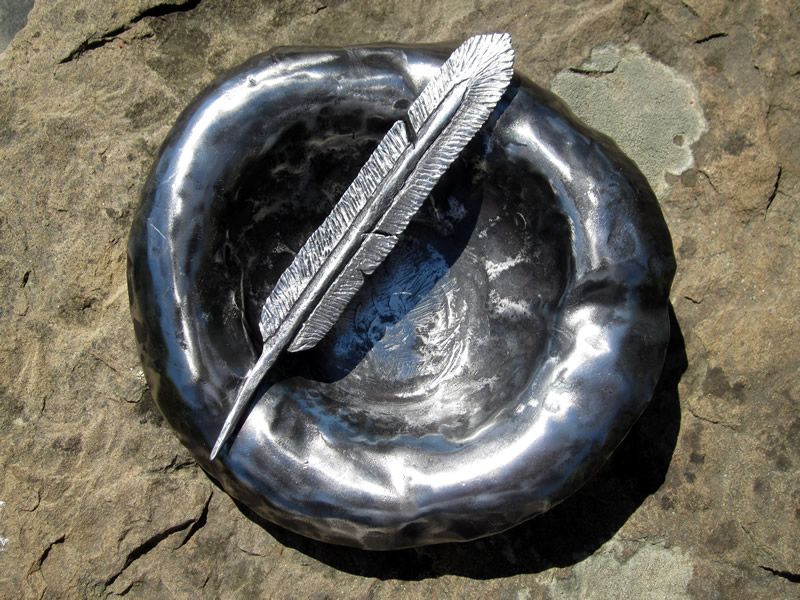
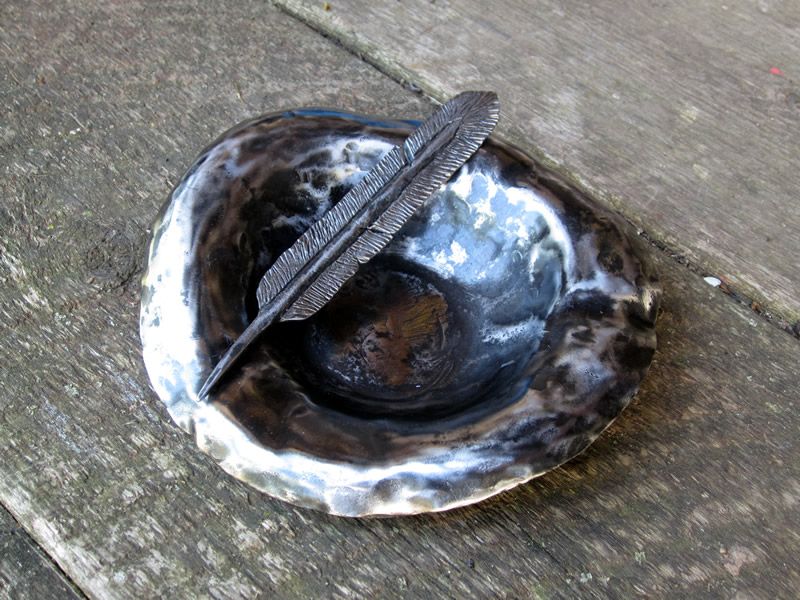
-
I was accepted into a large juried show this summer. It is an outdoor two day art festival. Everyone uses 10x10 canopy type tents. Was wondering if anyone has photos of how they have setup a similar tent in the past. Just looking for ideas on displaying fire pokers, hooks of varying sizes, roses, candle holders, and sculpture. I will not be demonstrating just selling.
Thanks for any photos you might have.

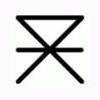
Semi newbie questions, NC brand anvils
in Blacksmithing, General Discussion
Posted
Well if you live outside of Chicago you live 4 1/2 hours away from one of the largest sources of anvils in the country that is taking place next week. Quad State in Troy, Ohio is only a week away and for $280 you would be able to find any number of anvils that would serve your needs better than the 70 lb NC which is truly a farrier's anvil.